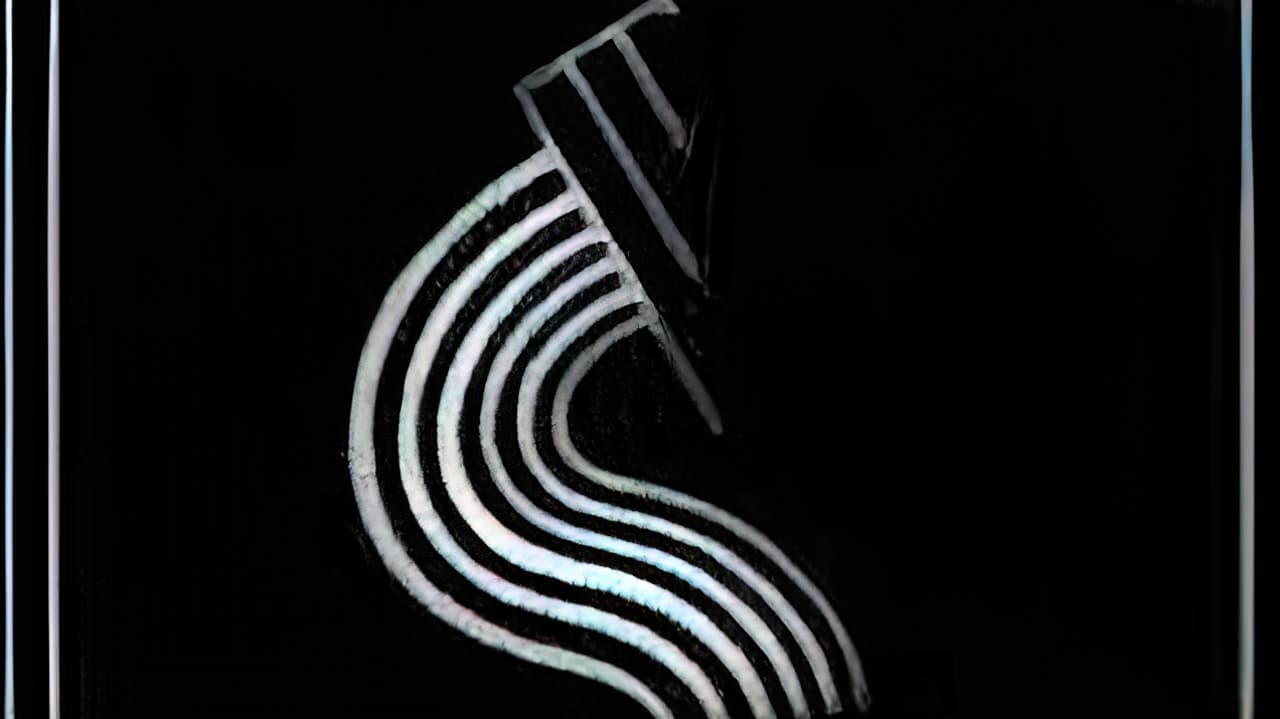

Very well executed
... View Morenot as good as all the hype
... View MoreI think this is a new genre that they're all sort of working their way through it and haven't got all the kinks worked out yet but it's a genre that works for me.
... View MoreAll of these films share one commonality, that being a kind of emotional center that humanizes a cast of monsters.
... View MoreI was waiting for it to get interesting. It never did. It's lines, man. They appear and disappear and stuff. Big deal. There was already a lot of innovation in the film and animation world at this point in history. I don't get what's impressive about these particular lines. Maybe there's some sort of context missing here. But Jeez Louise... I was waiting for this thing to start and then just wanted it to end. Speaking of lines, did you know that IMDb requires a minimum of ten lines in a review? If the text dialog box I'm typing into is any indication, then I have three more to go after the break, which actually happened between the words "after" and "the" just now. Of course, by the time this review goes to press it'll be formatted differently. Of course, your browser's text setting will definitely come into play here.
... View MoreThis is yet another film devoted to endless repetition of evolving shapes (like the recently-viewed OPUS 1 {1921} by Walther Ruttmann, RHYTMUS 21 {1921} by Hans Richter and ANEMIC CINEMA {1926} by Man Ray); bafflingly, it has found a place (albeit a deservedly lowly one) on a poll I have been checking out ranking the all-time top 3000 movies! There is little to say about such 'trivial' efforts, except that one is thankful for their brevity – while assuming that they were conceived in order to push the boundaries of film when the medium was still essentially in its infancy. As was the case with a few of the titles included on Kino's 2-Disc "Avant-Garde" collection, this is available online in several prints boasting a variety of lengths – often supported by newly-composed (and wildly inappropriate) electronic scores; needless to say, I opted to watch a copy of it that featured traditional accompaniment
... View MoreDiagonale Symphonie, what to expect? some strange movie, and indeed, it turned out to be a very strange light effects movie, where you keep wondering what you are looking at. is it a piano? is it a glass? is it a chicken? is it a wig? it's really hard to say, because the little differences with each picture of light you get to see, really change the global frame you get to see. is it the sun? is it a knife? actually, it's not quite that funny, because as a viewer, I want to know what I'm looking at. maybe the title means something... yes, it could be instruments. that would explain a lot. instruments, shown by light, maybe it means standing in the spotlights, to be famous, perhaps this movie is about being famous.
... View MoreThis animation could arguably be held as a consummate creation of modern art expression. Viking Eggeling's short was created as an experiment in design, time, and rhythm, not too far removed from Hans Ricther's Rhythmus 21, but several times better and more interesting. What particularly appeals about this film is that, despite the fact that the forms and shapes are entirely abstract, this film is still rather fascinating to watch. It sort of pre-dates trance cinema in that sense, and could possibly considered a forerunner of such things as even Maya Deren's work in the 50s.--PolarisDiB
... View More